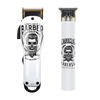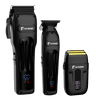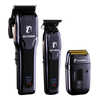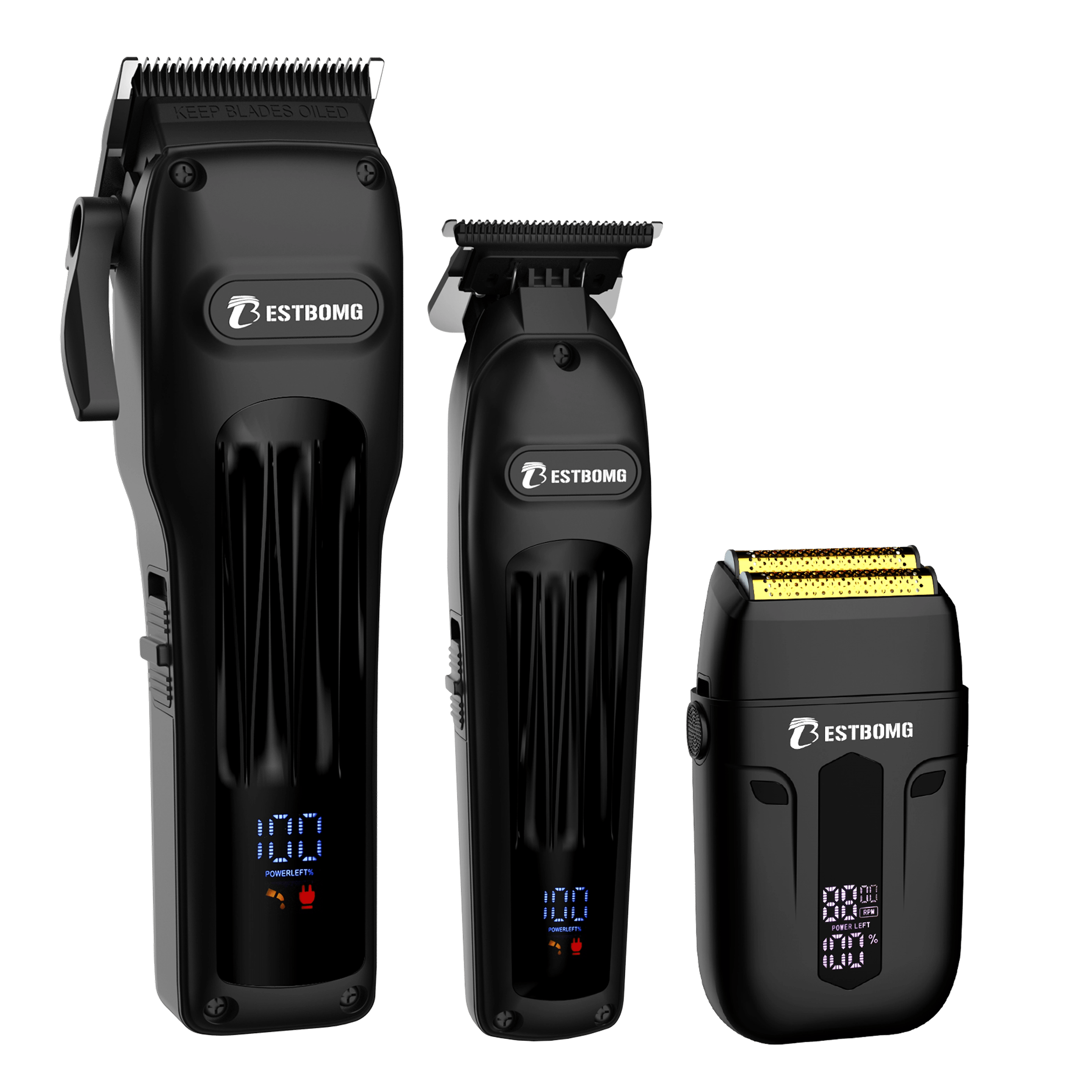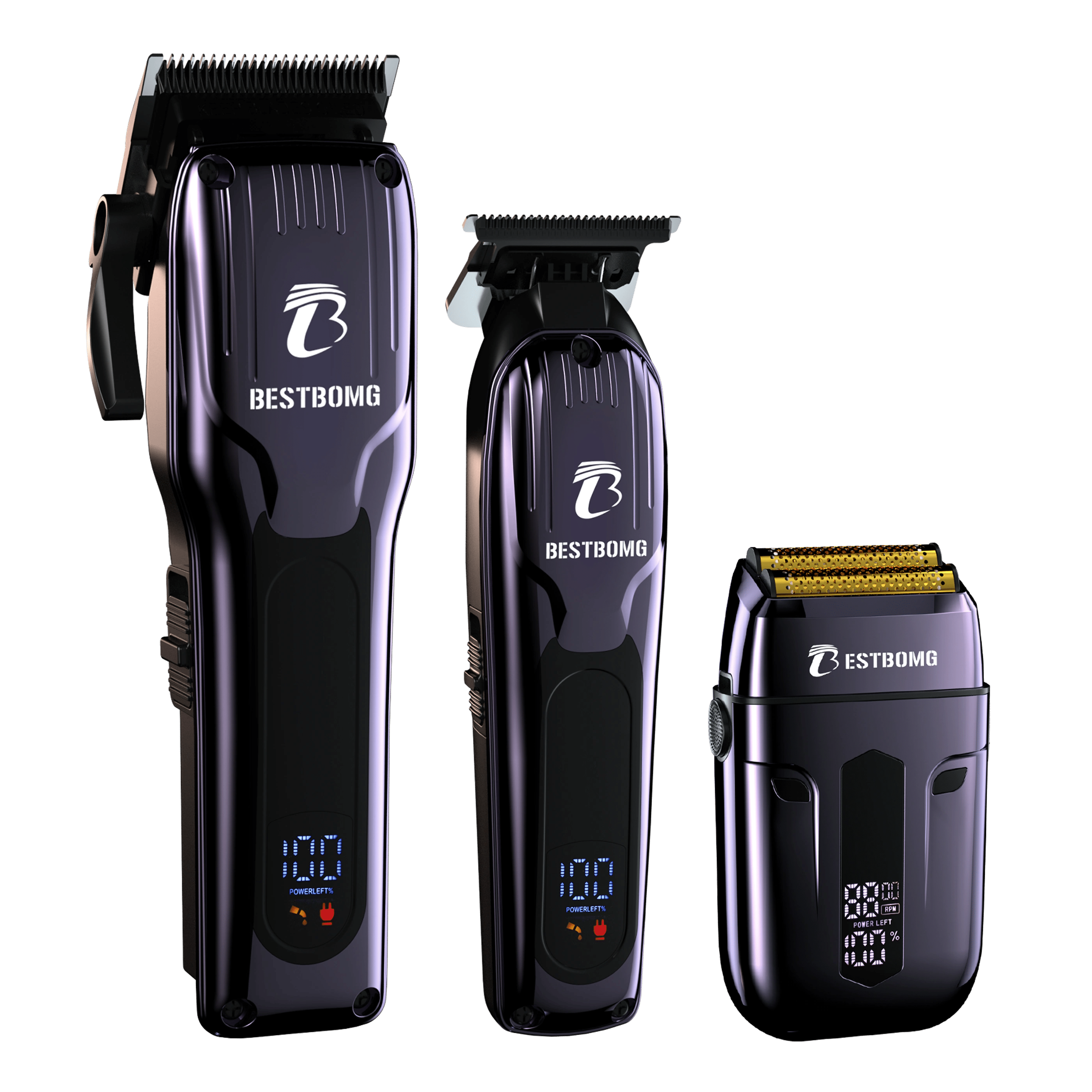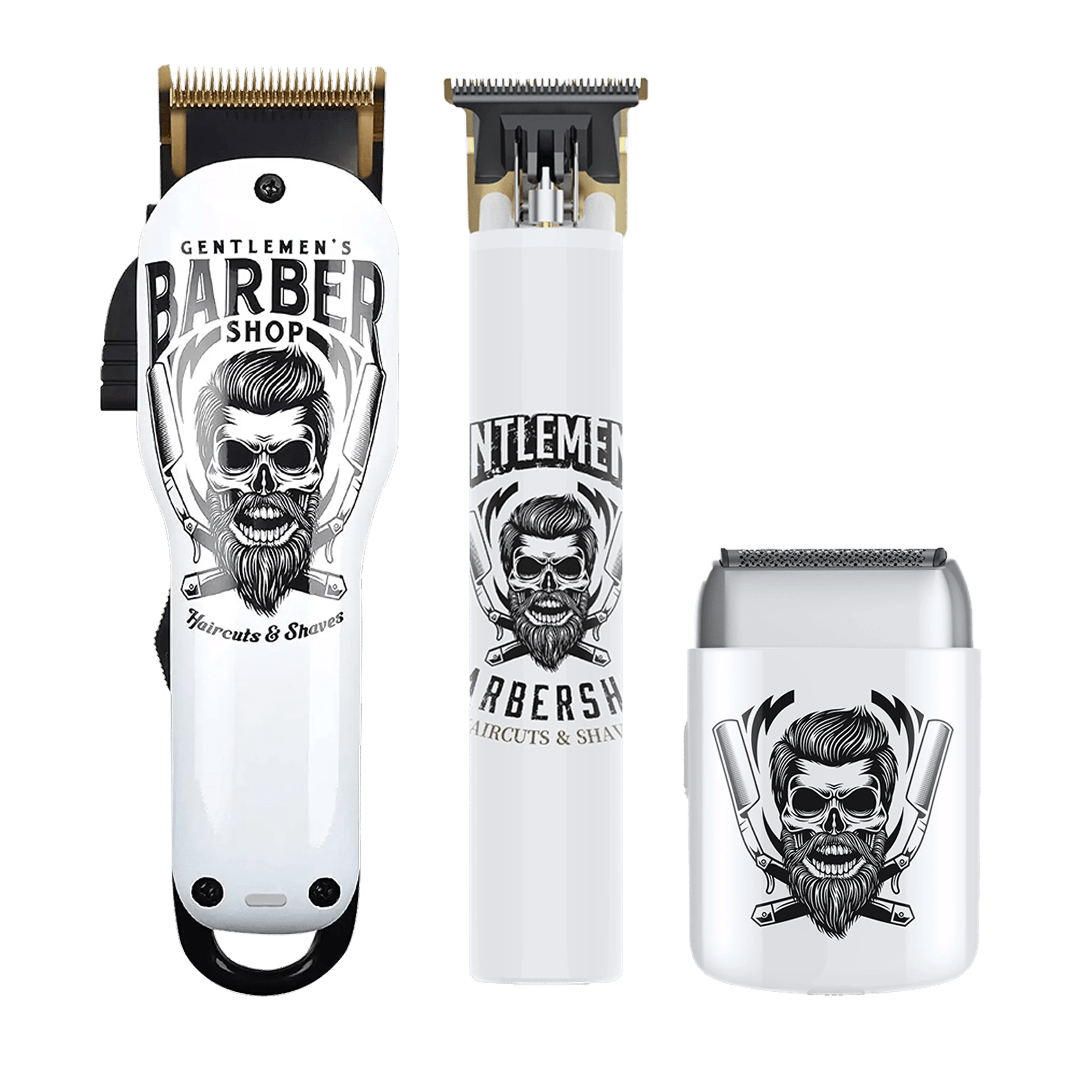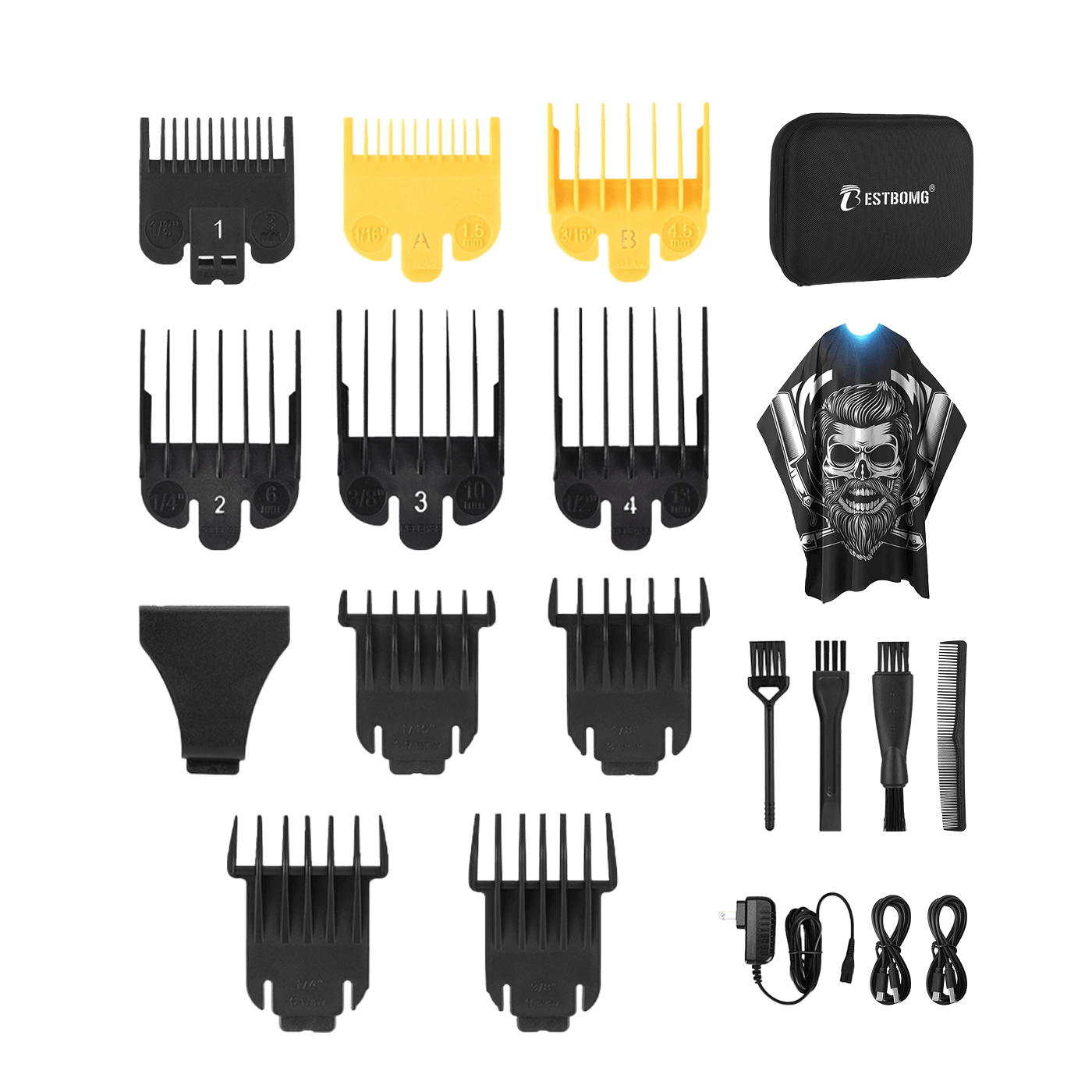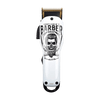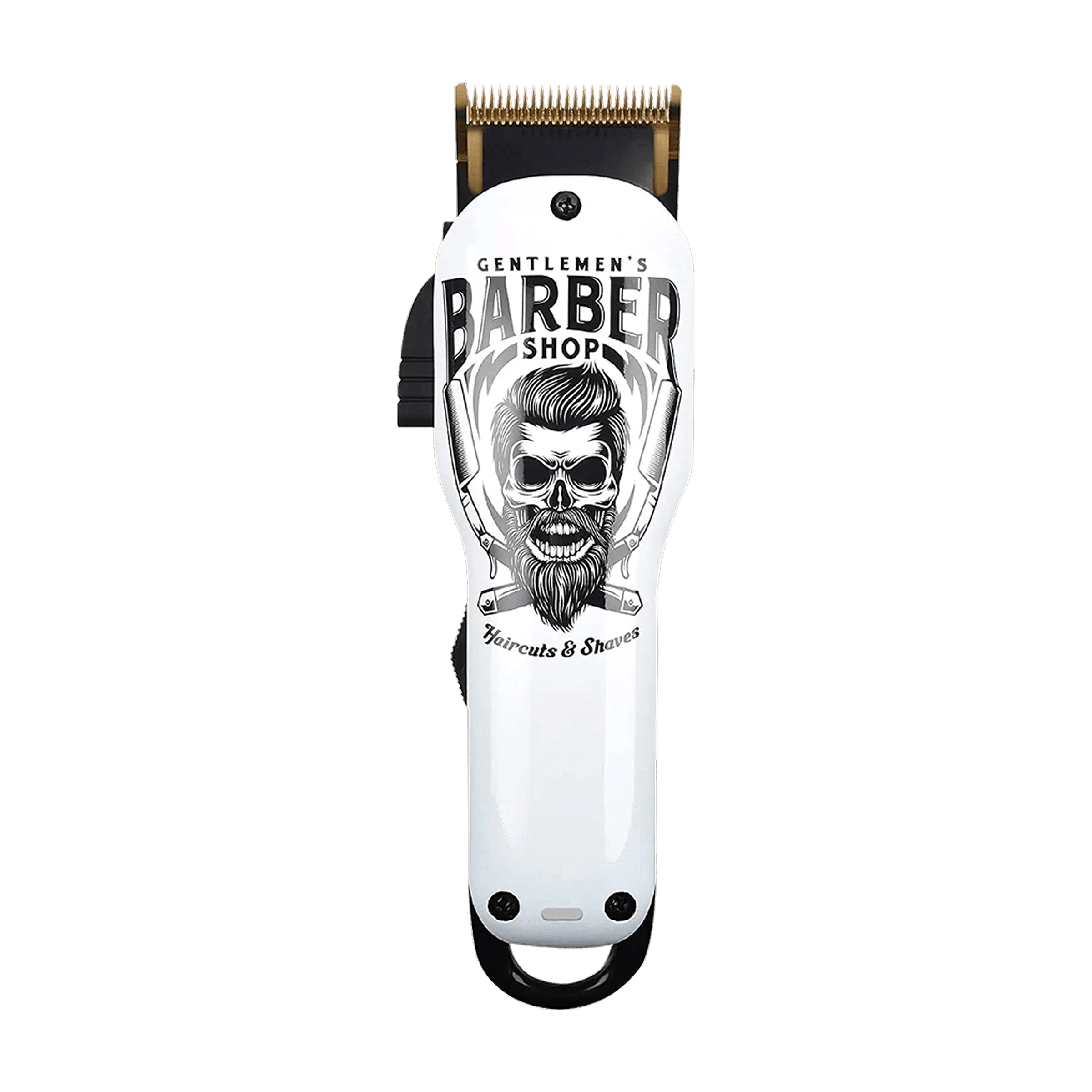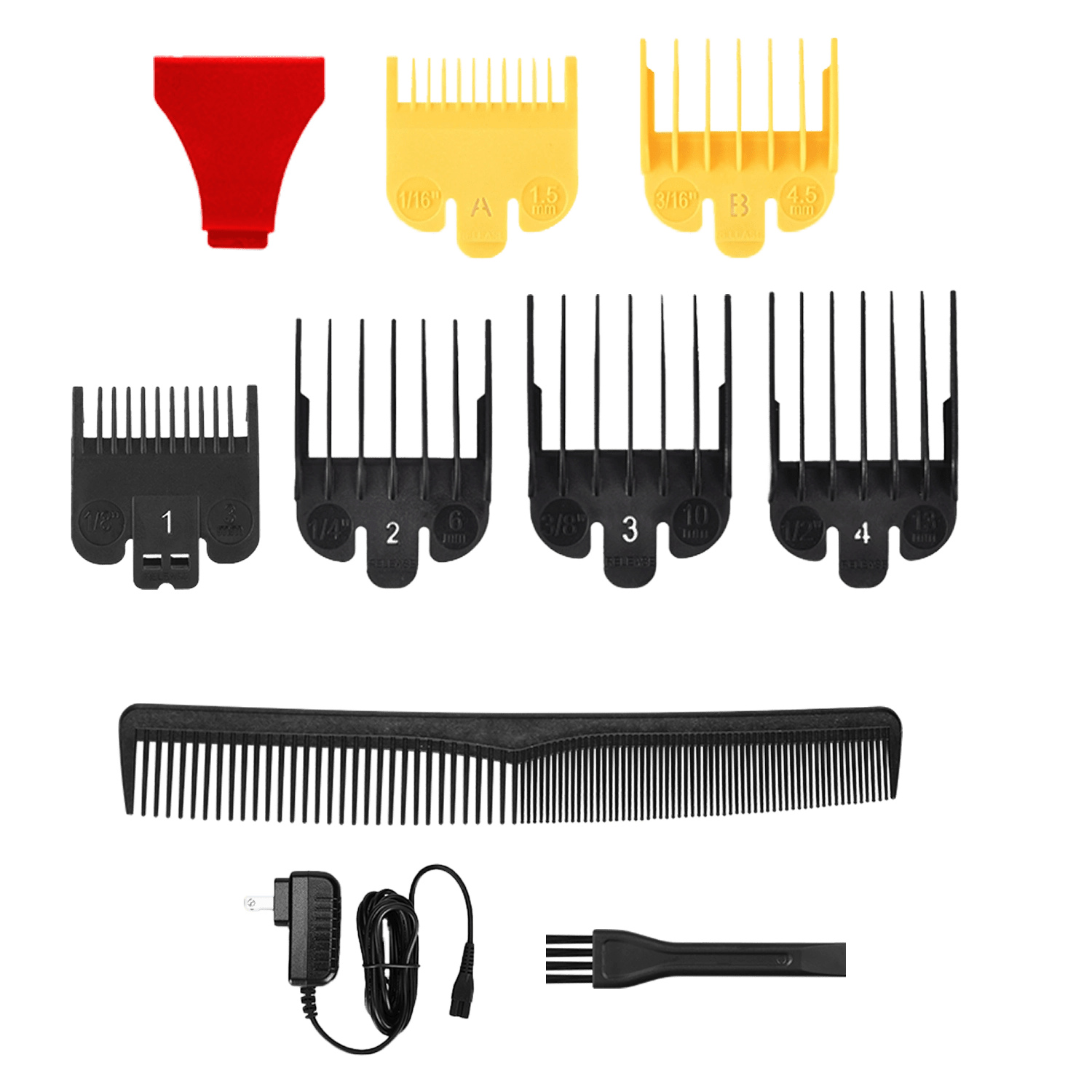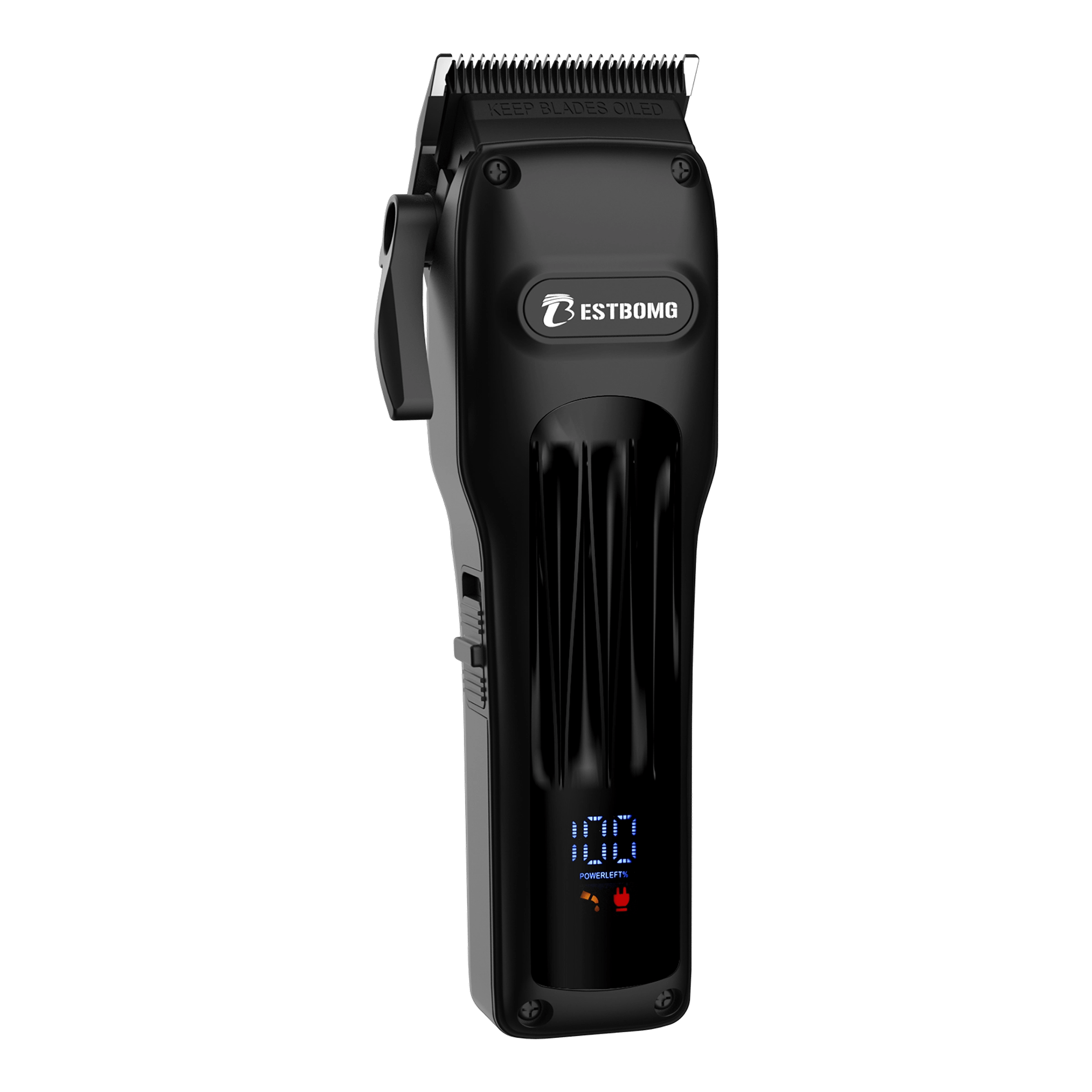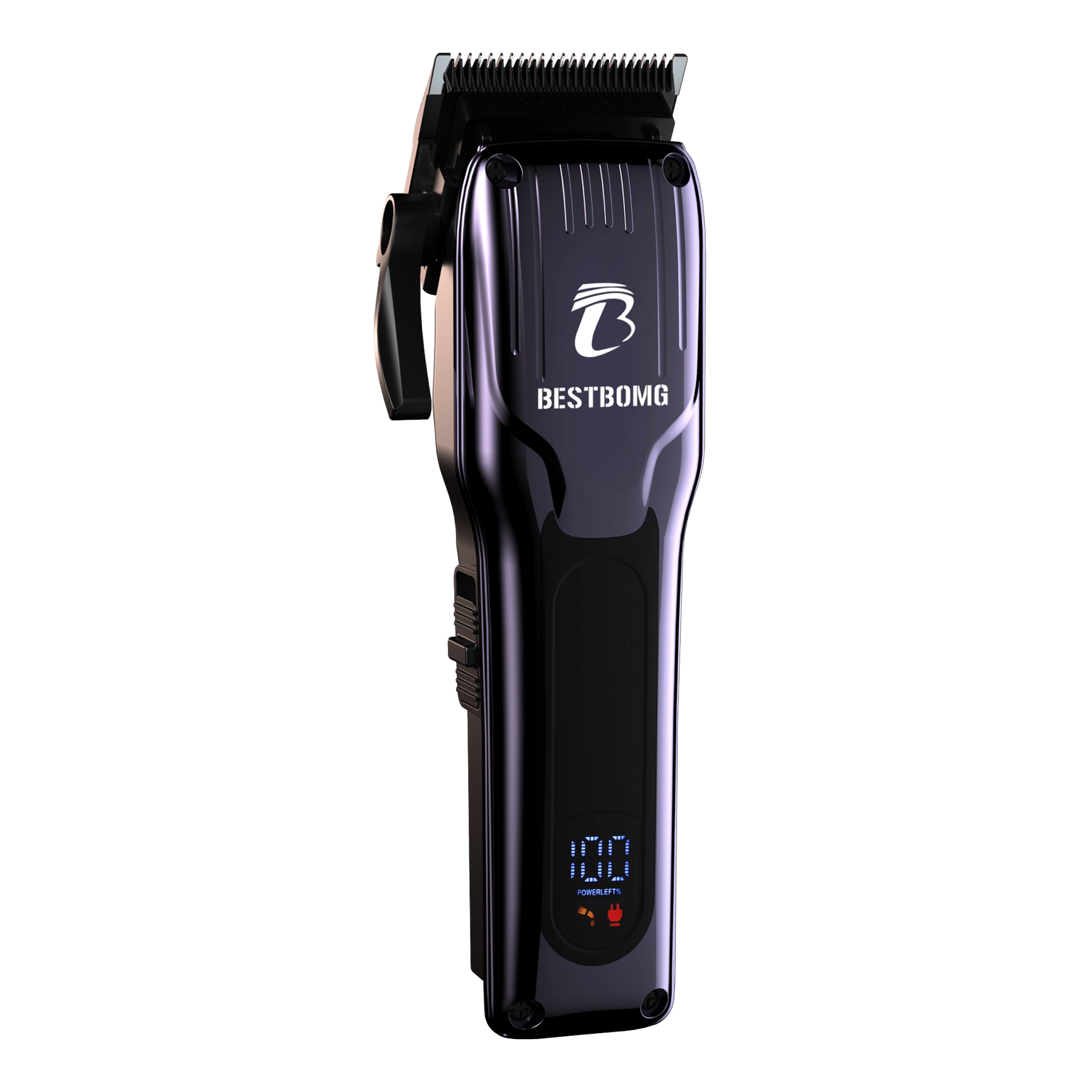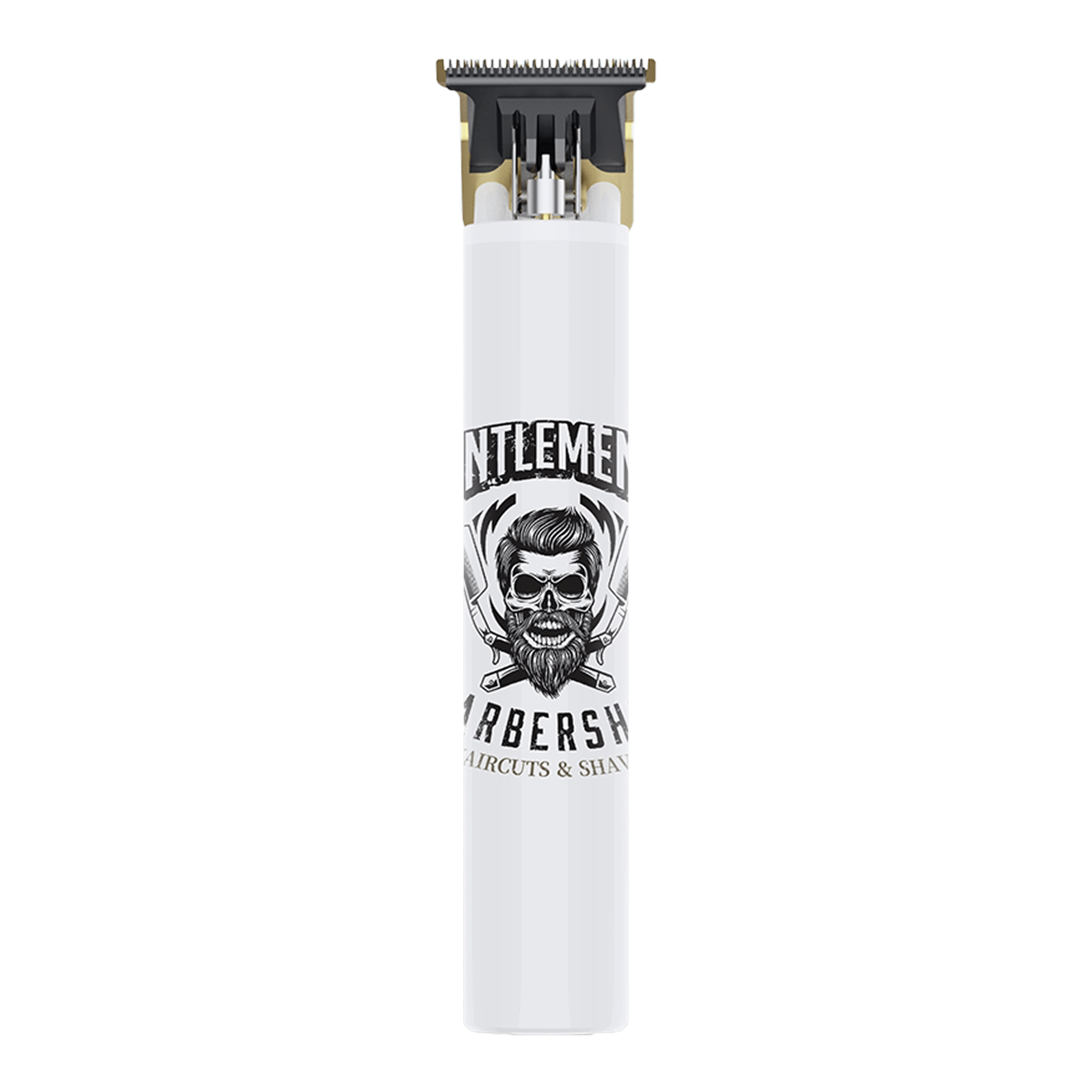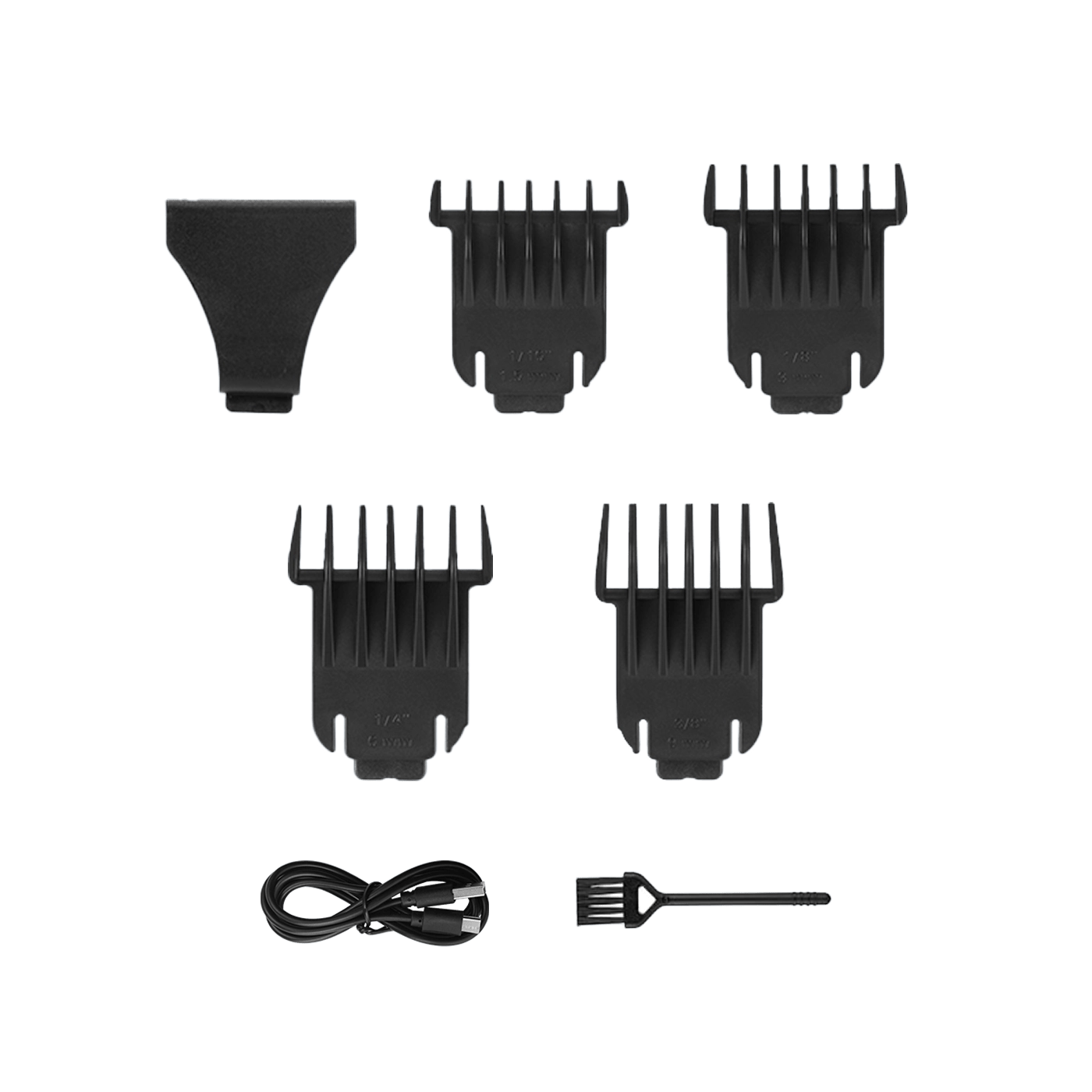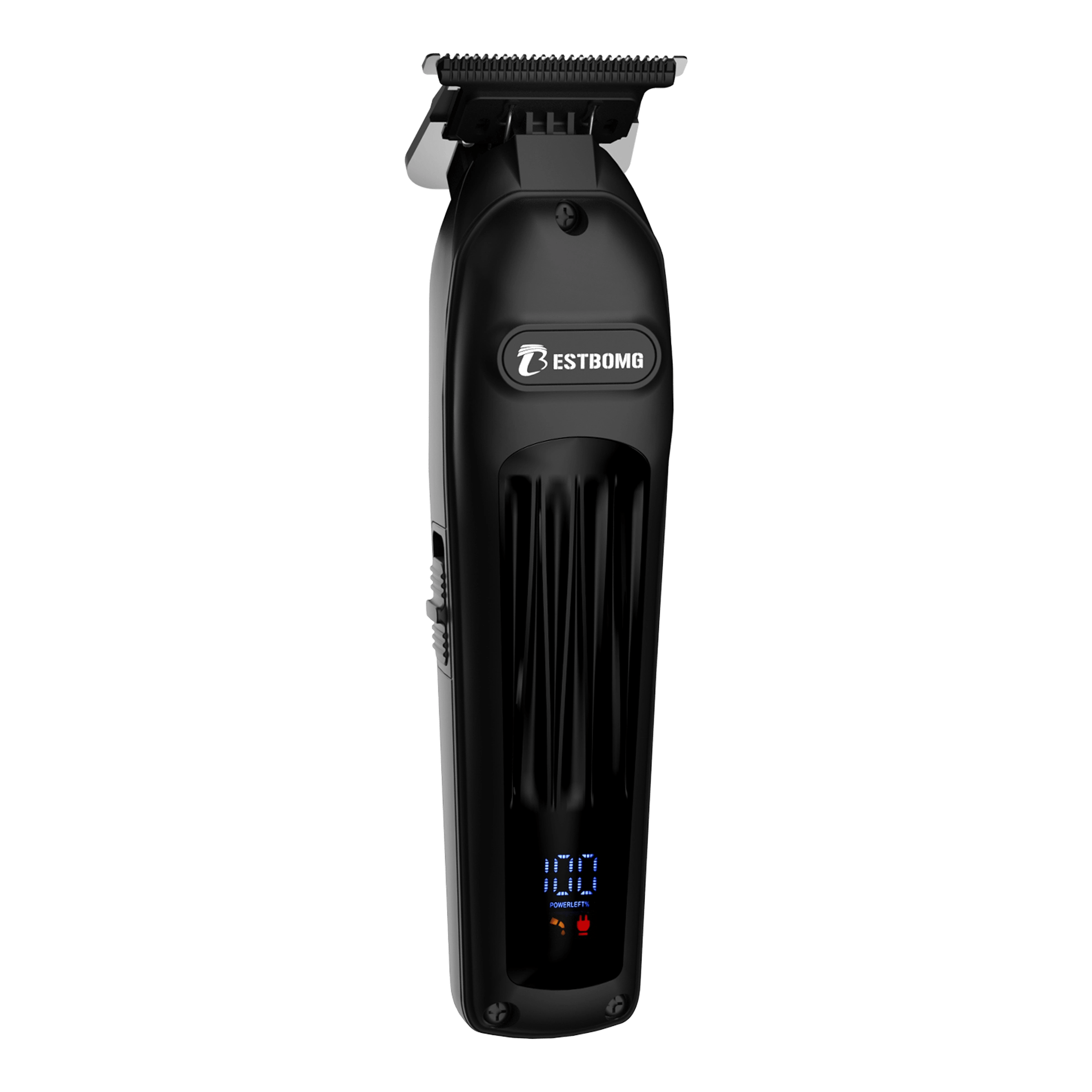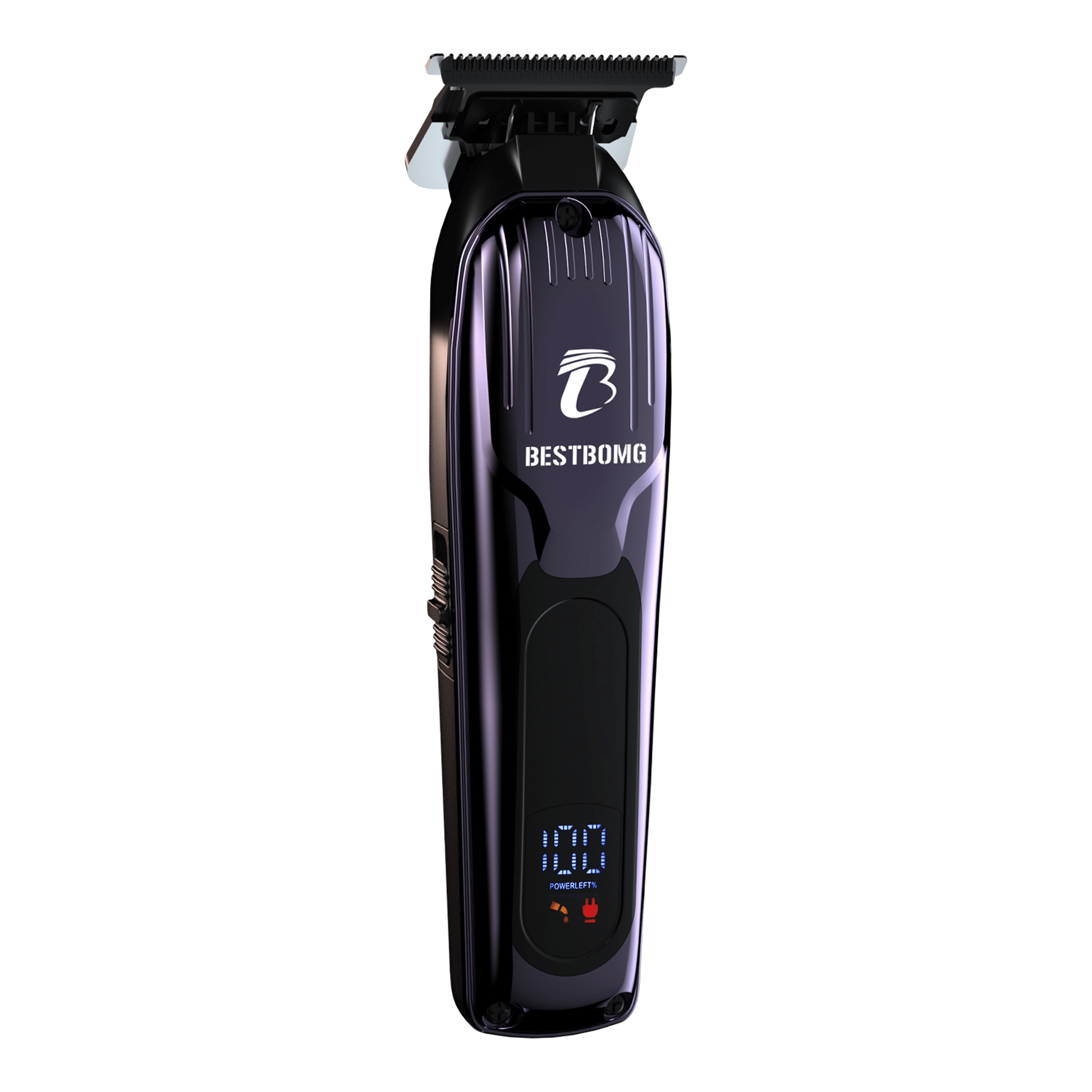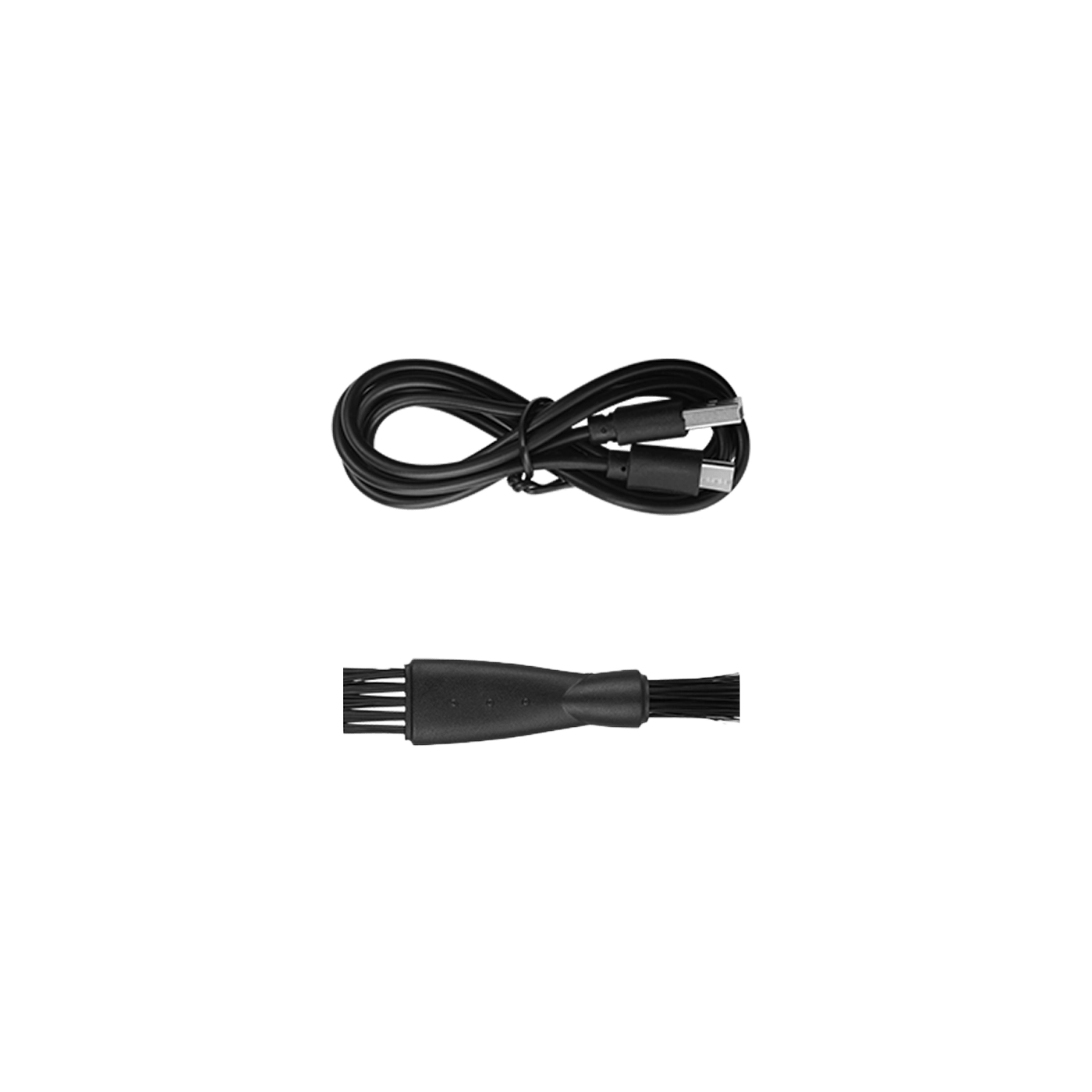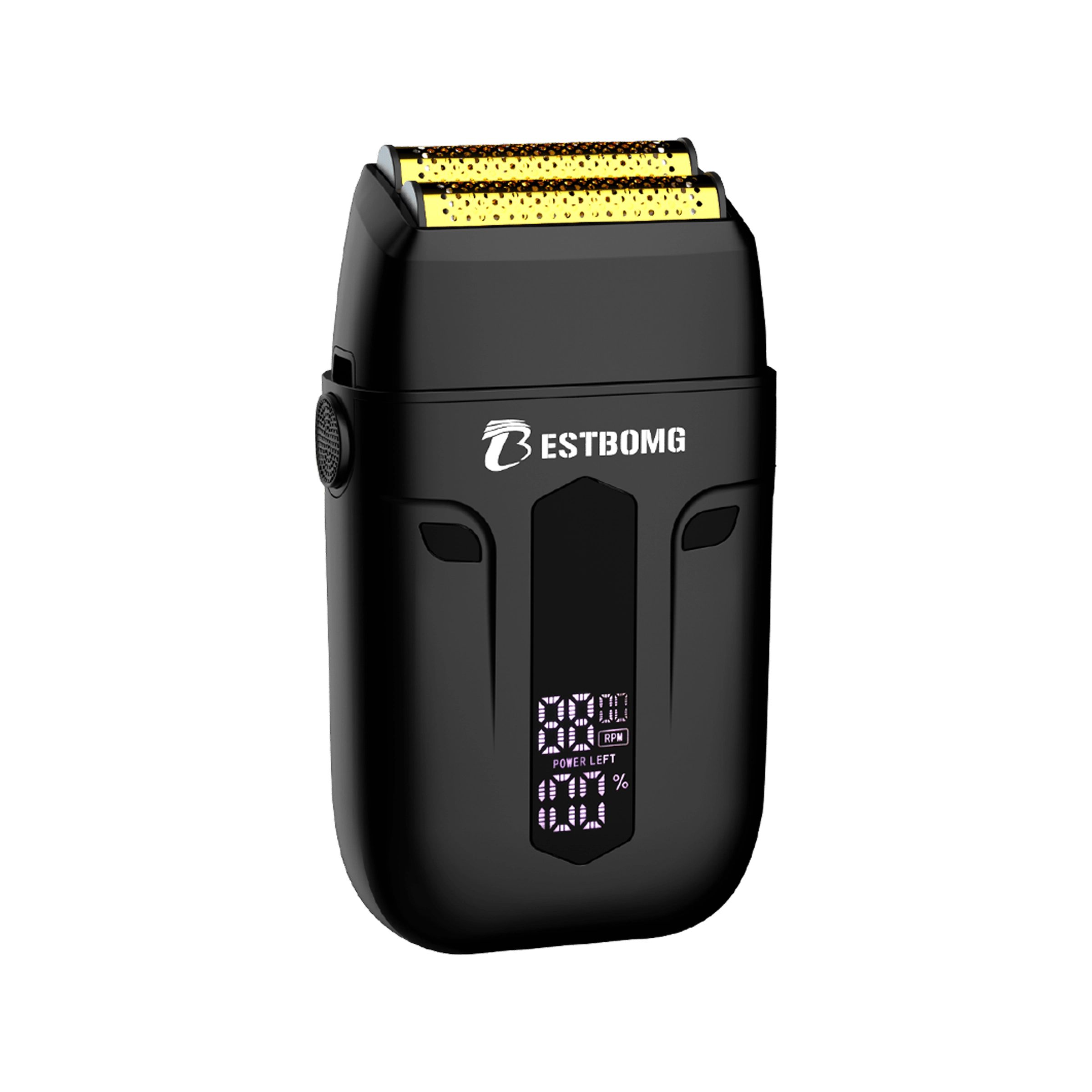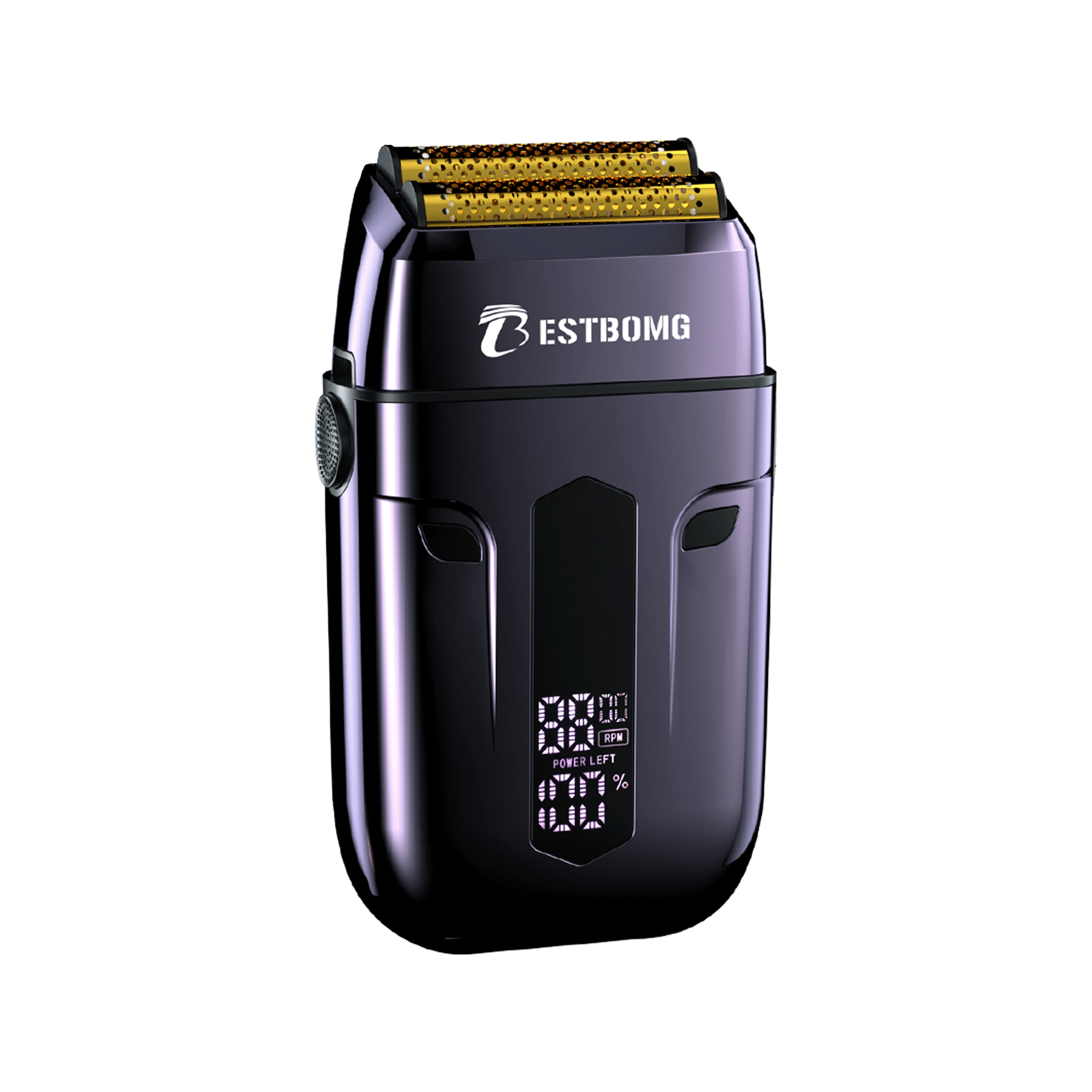Want a shave that’s close, quick, and gentle? This guide shows you exactly how to use a foil shaver—from prep to final rinse—plus pro tips for sensitive skin, tricky neck hair, and keeping your shaver performing like new. We’ll also explain what a foil shaver is, how foil shavers work, and when to use them wet vs. dry.
Quick refresher: what is a foil shaver—and what does it do?
A foil shaver uses a thin, perforated metal screen (the “foil”) that rests on your skin. Beneath it, straight blades oscillate (move side‑to‑side at high speed) to slice stubble that pokes through the tiny holes. The foil guides hair in and keeps skin away from the cutters, so you get a near‑skin shave with light pressure. In short: fast, precise, and skin‑friendly when used correctly.
How do foil shavers work? (The super‑simple breakdown)
- Foil screens: Micro‑holes catch short hairs and protect your skin. Some heads mix hole patterns to capture tricky, flat‑lying hairs.
- Oscillating cutters: Move rapidly under the foil to cut hairs at skin level.
- Floating head/suspension: Helps the foil maintain even, gentle contact over face contours.
- (Often) a center “pre‑trimmer” bar: Lifts and nips longer hairs so the outer foils can finish them close.
Wet vs. dry: which should you choose?
Most modern foil shavers can be used dry, and many are also wet/dry for use with gel or foam. Dry shaving is fastest and ideal for daily routines; wet shaving adds slip and can help sensitive skin.
Tip: Braun’s guides note that for dry electric shaving, it can help to shave before washing your face, since skin may be a bit puffy afterward. Always follow your shaver’s instructions.
The 7‑step routine: how to use a foil shaver (dry method)
Prep smart: Wash and fully dry your face (for dry shaving). If your beard is 3–5+ days long, pre‑trim with a clipper or the shaver’s pop‑up trimmer so the foil doesn’t chase long hairs.
Hold at ~90° and keep the foil flat: Place the head square to your skin. With foil shavers, you’ll move in straight, overlapping strokes—not circles (that’s for rotary).
Use short, gentle strokes—light pressure: Let the motor do the cutting. Think “paint strokes,” not scrubbing. Pushing hard bends skin into the foil and reduces comfort.
Stretch the skin slightly: Use your free hand to stretch the surface. A smooth, taut area helps the foil catch shorter, low‑lying hairs.
Mind the order: Work cheeks → jaw/chin → neck → mustache area. If you’re sensitive, some experts suggest shaving your most sensitive zones first while the head is still coolest.
Finish stubborn spots with a second light pass: Change the stroke direction a bit for hairs that grow sideways, especially on the neck. Keep the foil flat; stay gentle.
Clean the head right away: Tap out clippings, brush, or—if your model is waterproof—rinse under warm water. A drop of lube occasionally on the cutter block helps reduce heat and wear (follow your brand’s directions).
Prefer a wet shave? Do this:
- Wash and rinse your face.
- Apply a thin layer of gel/foam (if your shaver is rated wet/dry).
- Use the same 90° angle, short straight strokes, and light pressure.
- Rinse/clean the head per your model after shaving.
Pro tips for tricky areas
- Neck hair that grows in swirls: Go with very short strokes from two directions. Stretch the skin gently and keep pressure light.
- Jawline/Adam’s apple: Tilt your head to flatten the surface. Do a light pass with the grain, then a second pass against if needed.
- Sideburns & cheek lines: Use the shaver’s edge and straight strokes for razor‑clean lines. Foil shavers excel here.
Below‑the‑neck note: For pubic/bikini areas, use a dedicated body groomer with guards, not your facial foil shaver—specialists strongly advise using the right tool for sensitive zones.
Common mistakes (and easy fixes)
- Pressing too hard → lighten up; foils cut best with a gentle touch.
- Circular motions → use straight strokes with a foil; circles are for rotary shavers.
- Skipping the pre‑trim → long/flat hairs will tug; trim first if growth is several days old.
- Shaving right after washing for dry shaves → try before washing to reduce post‑wash puffiness.
- Neglecting maintenance → rinse/brush after each use; see replacement intervals below.
Care & maintenance (so your shaver stays close)
After each shave:
- Eject the cassette/foil (if your model allows) and tap or rinse under warm water.
- Never brush the foil itself—it’s delicate. Brush the cutter block instead.
- A quick drop of oil on the cutter block now and then helps reduce friction/heat.
Deep clean (weekly or as needed):
- If you use gel/foam, rinse thoroughly so residue doesn’t gum up the head.
- Cleaning stations can wash, dry, and lubricate automatically (brand‑specific).
Replacement timeline:
- Braun: typically recommends replacing the foil & cutter about every 18 months to keep peak performance.
- Panasonic: generally suggests replacing the outer foil yearly and inner blades every ~2 years.
Signs it’s time: more passes needed, tugging despite cleaning, hotter head, louder buzz, or visible damage to the foil. (Never use a dented/cracked foil.)
Is a foil shaver good for daily use?
Yes—daily or near‑daily is where foils shine. The screen keeps blades off your skin while the flat head favors precise, repeatable strokes. If you shave less often or have very curvy neck/jaw geometry, a rotary shaver can feel easier—but many daily shavers prefer foil for closeness and line control.
“Best foil shaver for face”: what features actually matter
Rather than chasing specs, look for:
- Multi‑foil head + center trimmer to capture mixed hair lengths.
- Floating/suspension head for even contact with light pressure.
- High‑speed motor + sharp inner blades for efficient cutting.
- Wet/dry rating if you want gel/foam or in‑shower use.
- Easy‑clean cassette and readily available replacement heads.
Troubleshooting quick hits
- Still patchy on the neck? Stretch the skin and change angle; do a second, light pass against the grain.
- Tugging on longer growth? Pre‑trim, then shave.
- Feels hot or loud? Clean thoroughly and add a drop of lube to the cutter block; replace the head if it’s older.
Bottom line
A foil shaver is all about precision with a gentle touch. Keep the head flat, use short, straight strokes with light pressure, and clean it after every shave. Pre‑trim longer growth, replace the head on schedule, and pick a model with features that match your routine (floating foils, wet/dry, easy cleaning).
Frequently Asked Questions
Do you use a foil shaver wet or dry?
Both work. Dry shaving is fastest; many models are wet/dry so you can use gel/foam for extra comfort. Follow your model’s rating and instructions.
Is a foil shaver good to use (for sensitive skin)?
Yes—foils place a thin metal barrier between skin and blades, letting you shave with light pressure. Many users with sensitive skin prefer foils for daily or near‑daily shaving. Technique still matters: short strokes, light touch.
Should you use a foil shaver every day?
If your skin tolerates it, yes—that’s where foils excel. Shaving before washing (for dry use) may help, as skin can be slightly puffy post‑wash. Keep the head clean for comfort.
Should I wash my face before using a foil shaver?
For dry electric shaving, many brand guides suggest shaving before washing to keep skin firm and hair upright. For wet shaving, wash and use a light gel/foam.
How long do foil shaver heads last?
Plan on ~18 months for many Braun models (foil & cutter together); Panasonic generally suggests outer foil yearly and inner blades every ~2 years. Your interval depends on beard coarseness and shave frequency.
Weiterlesen
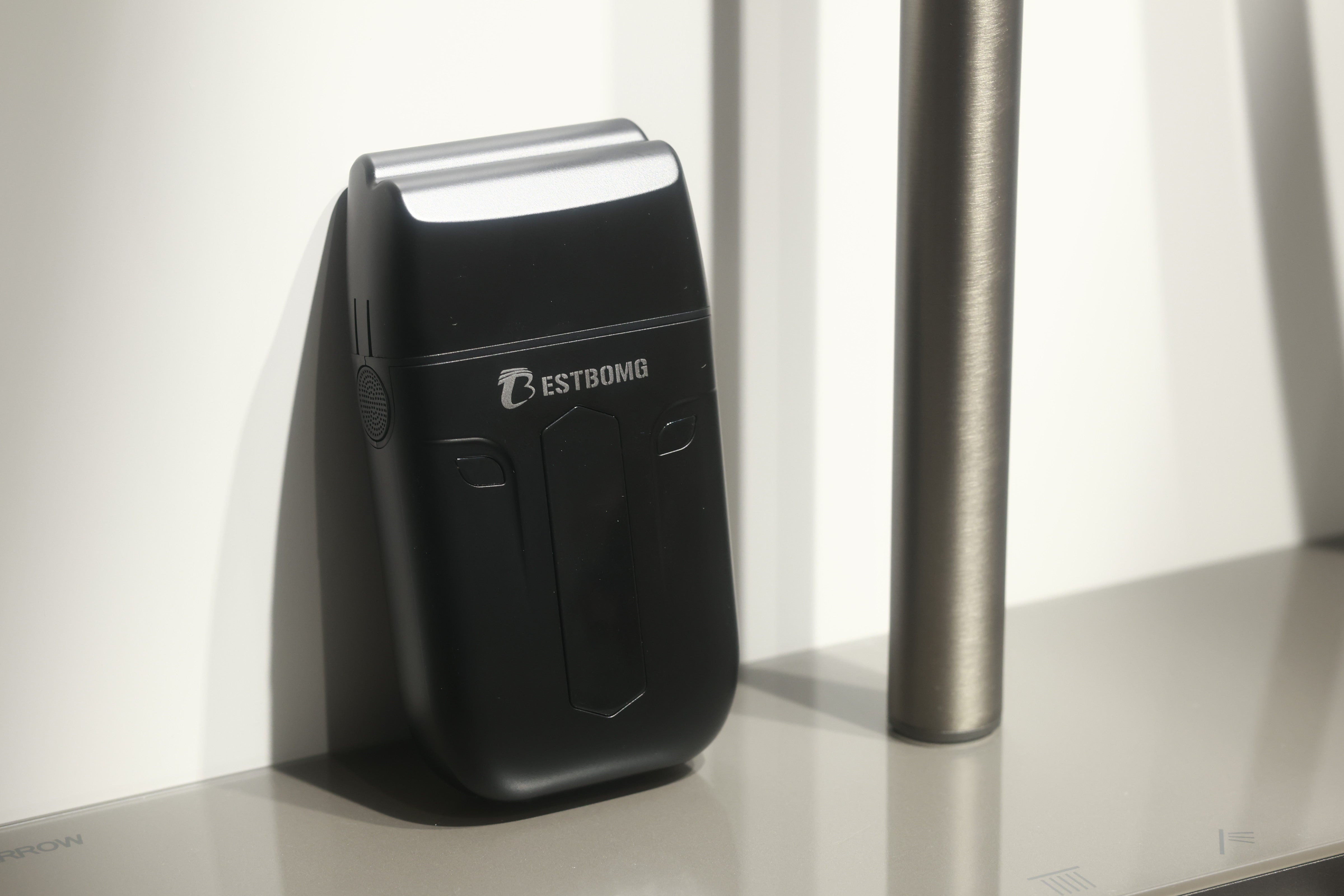
What Does a Foil Shaver Do? Benefits, Uses & How It Works
If you like your shave close, fast, and gentle, a foil shaver might be your best friend. In plain English, a foil shaver uses a thin, perforated metal screen (“foil”) that sits on your skin while t...
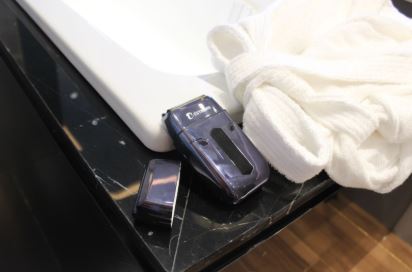
What Is a Foil Shaver Used For? Benefits, Uses & How It Works
If you want a shave that’s close, quick, and gentle, a foil shaver is made for you. In plain English, a foil shaver hides fast‑moving straight blades under a thin, perforated metal screen (the “foi...
